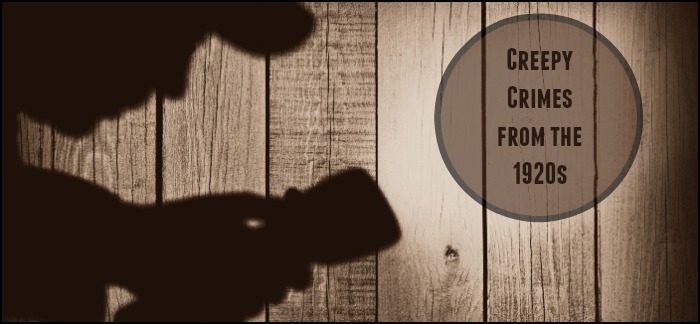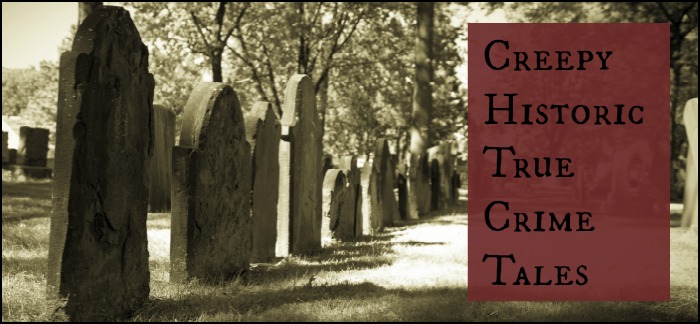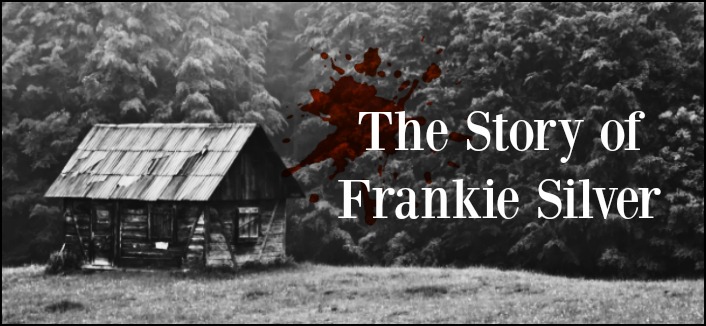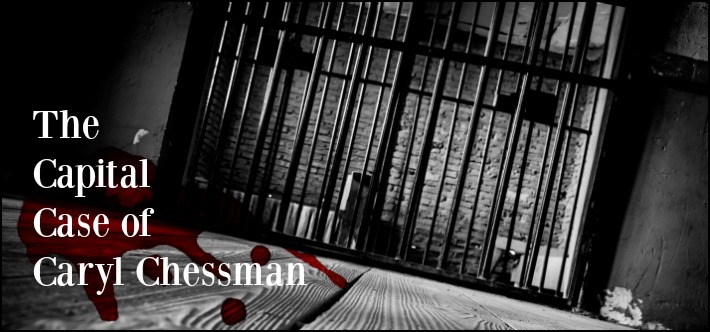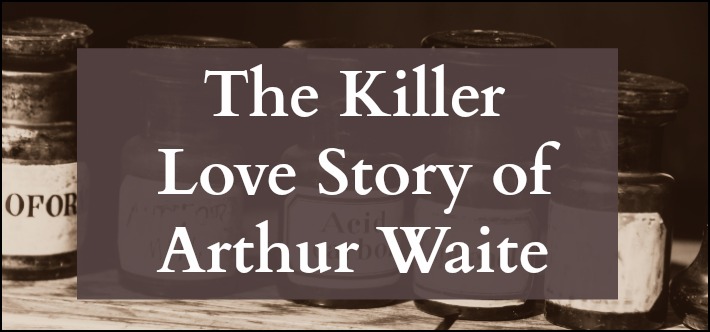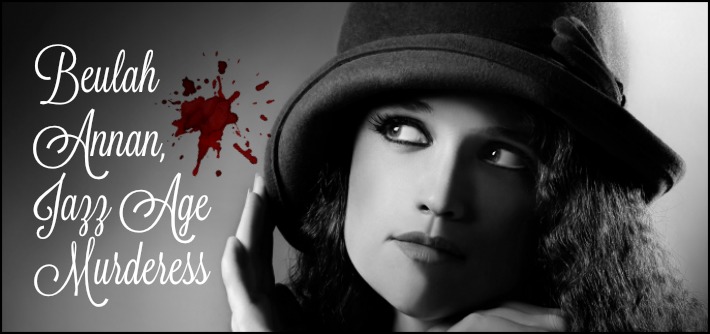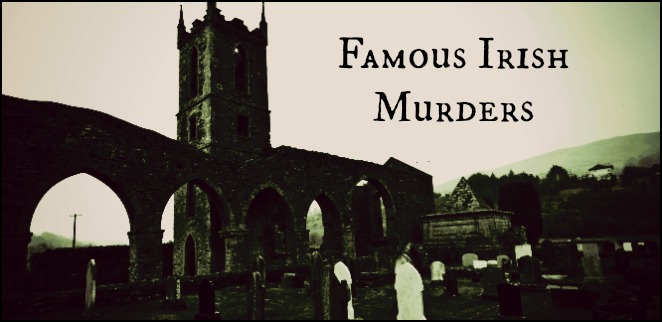
Ireland’s lush, green landscape and friendly inhabitants belie a darker atmosphere, one suffused with fog-shrouded hills and peopled with creatures like the wailing banshee. However, not all of Ireland’s monsters reside strictly in the realm of fantasy. Following are three famous real-life stories of murder and mayhem in the Emerald Isle.
The Mary Russell Murders–When the Mary Russell left present-day Cobh, County Cork in February 1828, headed for Barbados with a cargo of mules, seven of the brig’s crew members had no idea that this trip through the Atlantic would be their last. In June of that year, near the Cove of Cork on Ireland’s southern coast, the Mary Russell’s captain, an Englishman named William Stewart, flagged down an American vessel called the Mary Stubbs. Stewart sought help, claiming that he had been forced to kill his mutineering crew members. The scene that the Mary Stubbs’ captain, Robert Callendar, encountered upon boarding the Mary Russell (as described later by a journalist who visited the ship when it had docked), was stomach-churning: seven decomposing bodies were bound to iron bolts, their heads smashed in and their bodies covered with blood. Stewart’s claims of mutiny were called into question when, while Callendar was aboard, two surviving Mary Russell crew members emerged from the ship’s hold and sought refuge with the Mary Stubbs. During a subsequent inquest, these survivors, as well as two young boys who had been aboard the Mary Russell, related what had happened during the ill-fated trip. Upon leaving Barbados for the journey back to Ireland, Stewart, previously known as a kind and even-tempered captain, had begun behaving erratically, insisting that his crew was planning to kill him. One by one, Stewart tied up the Mary Russell’s men (though two of them–William Smith and John Howes–managed to escape and seek refuge in another part of the ship). Stewart then killed the bound men with a crowbar. During his August 1828 trial in Cork for the murder of one of the crew members, James Raynes, Stewart was found not guilty due to “mental derangement.” He was sent to an asylum for detention and treatment. Several years later, Stewart’s psychosis returned and he killed a hospital attendant at Cork Asylum. Stewart himself died in an asylum in Dundrum (now a suburb of Dublin) in 1873.
—–
The Murder of Bridget Cleary–In the late 19th century, tales of fairies and other fantastical creatures were taken as a matter of fact by many denizens of rural Ireland. That became a problem for Bridget Cleary, who, in March 1895 in County Tipperary, found herself accused by her husband Michael of being a changeling, or a fairy left behind in place of a human. Michael Cleary was said to be so convinced that his wife was a changeling that when she fell ill, he attributed the cause to her status as a folkloric creature. Bridget underwent a series of torturous “cures,” including forced feedings and having urine thrown on her in an attempt to cast out the supposed fairy. As her condition deteriorated, a priest was called to the Cleary home to administer last rites. Then, in mid-March, Bridget disappeared. It wasn’t until March 22, when her burned body was discovered in a shallow grave, that the truth about her fate was revealed. In July 1895, Michael Cleary, as well as Bridget’s father Patrick Boland and seven other people, went on trial, some for “wounding” Bridget and some for murdering her. According to testimony, Michael Cleary had been threatening his wife with a piece of burning wood when her undergarment caught on fire. At that point Michael threw lamp oil on her. He rebuffed any attempts by others to help his wife, insisting that the fire would get rid of the changeling and bring back the “real” Bridget. Though no one could say whether Bridget was still alive when Michael threw the oil on her, her husband was found guilty of manslaughter, ultimately serving a 15-year sentence. Four others were found guilty of the wounding charges. The case of Bridget Cleary was widely publicized throughout both Ireland and Britain; in the latter, it served as a cautionary tale of the supposed dangers of letting Ireland’s citizens govern themselves, a topic of heated debate at the time. (The Republic of Ireland ultimately achieved independence from the United Kingdom in 1922.)
—–
Who Murdered Moll McCarthy?–In December 2015, Michael D. Higgins, president of Ireland, signed a posthumous pardon of Henry “Harry” Gleeson, who in 1941 had been convicted of and executed for the murder of a woman named Mary “Moll” McCarthy. Gleeson had been a laborer on his uncle’s County Tipperary farm, which was next door to the ramshackle cottage in which McCarthy lived with her seven children (who were said to have been fathered by six different men). McCarthy was a prostitute, exchanging sexual services for food and other necessities, and her illicit activities made her a source of suspicion among many members of the community. McCarthy’s scandal-plagued life ended in November 1940, when she was shot twice in the face. Gleeson discovered her body in one of his uncle’s fields on the 21st of that month. Though Gleeson had an alibi for that day, the police arrested him for McCarthy’s murder. During Gleeson’s trial in early 1941, the prosecution presented the theory that Gleeson was the father of one of McCarthy’s children and that he had killed McCarthy to prevent the secret from getting out. Gleeson denied the allegation. Despite the existence of medical evidence indicating that the murder had occurred on November 21–the day on which Gleeson had found McCarthy’s body and the day for which he had an alibi–the prosecution insisted that the murder could have occurred on November 20, a day for which Gleeson didn’t have an alibi. On February 27, Gleeson was convicted of murder; he was hanged on April 23. However, his conviction and execution didn’t silence the questions surrounding McCarthy’s death. Gleeson’s pardon was the result of years of dogged research on the part of individuals who believed in his innocence and who poked several holes in the prosecutors’ case, uncovering evidence that the prosecution had deliberately withheld. Gleeson’s pardon, then, begs the question: Who actually killed Moll McCarthy? Proposed suspects include members of the Irish Republican Army, who, it’s said, suspected that McCarthy was an informant, or one of the fathers of McCarthy’s children. However, with the pardoning of Gleeson and the passage of time, it’s unlikely that the true culprit will ever be discovered.

